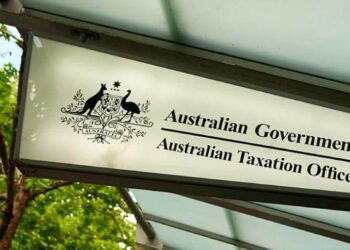Matthew Burgess, director of View Legal, said there is contention around the ability to amend a testamentary trust, especially after the death of the person who made the will, with many specialist advisers arguing that changing any terms of a will after death is a breach of the rule against delegation of will making powers.
In Australia, it’s customary for a will maker to state in their will that their assets should transfer into a trust upon their death.
This establishes a testamentary trust, with the terms outlined in the last will and testament governing it.
To understand the potential for amending testamentary trusts, it’s important to differentiate them from inter vivos trusts which are contractual agreements that parties, such as the founder, trustees, and potential beneficiaries, can generally amend as permitted by contract law.
However, testamentary trusts operate under a distinct legal framework.
“One aspect of the issue that is very clear is that unless there is a power to vary included in the terms of a testamentary trust, the only way in which to change its terms is by way of a court application,” Mr Burgess said.
In all Australian states, legislation empowers the court to vary the terms of a trust – they vary according to the State in which the trust was established.
In general, Australian courts lack the authority to modify the terms of a testamentary trust. Nevertheless, Section 13 of the Trust Property Control Act allows a trustee or any interested party, such as a beneficiary, to apply to the court for amendments under specific circumstances.
However, applicants face challenges in obtaining approval, as they must demonstrate that unforeseen consequences negatively affect the beneficiary/ies and that these consequences were not foreseen by the deceased.
Mr Burgess said the case of Robert Thomas Grant as trustee of the Grant Family Testamentary Trust [2013] NSWSC 1603, is a good example of how the courts can intervene in a situation where the trust deed is sought to be amended following the death of the person who made the will.
“In this case, a testamentary trust had been set up by the trustee’s late father and some years after its establishment, the trustee wanted to obtain finance to make improvements to one of the real properties owned via the trust.,” Mr Burgess said.
“Financiers refused to lend any funds on the basis that the powers of the trustee set out under the testamentary trust did not include a raft of provisions normally expected to be seen in a trust instrument, including the power to lend, the power to open and operate accounts with financial institutions, the power to delegate, the power to borrow and a right of indemnity.”
In this case, the court used its discretion to remedy deficiencies in the trust instrument identified by financiers.
This case also included granting a specific power to allow the trustee to unilaterally make future amendments to the terms of the trust, with the condition that such amendments would require the consent of all potential beneficiaries to protect the trust’s fundamental purpose.
“While other cases have refused to include such a power, here the court was comfortable to allow it, on the basis that any amendment would require the consent of all potential beneficiaries.,” Mr Burgess said.
“This prohibition was seen as ensuring that the trustee could not do anything to alter the ‘substratum’ of the trust.”


